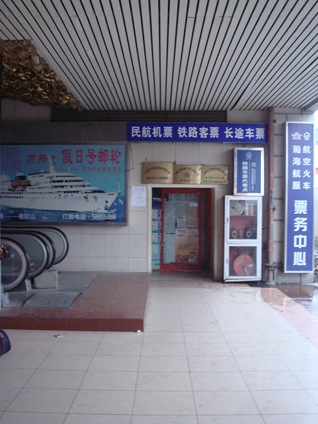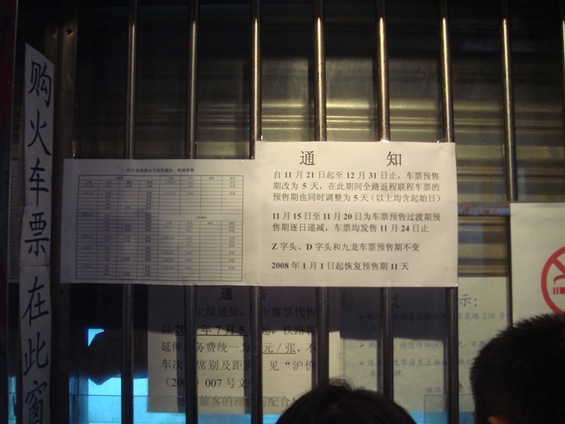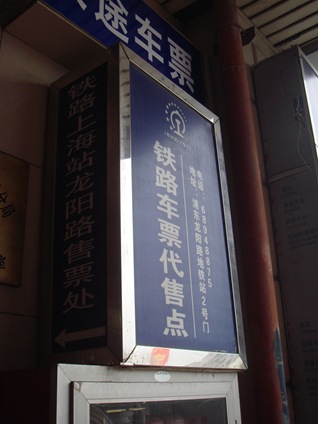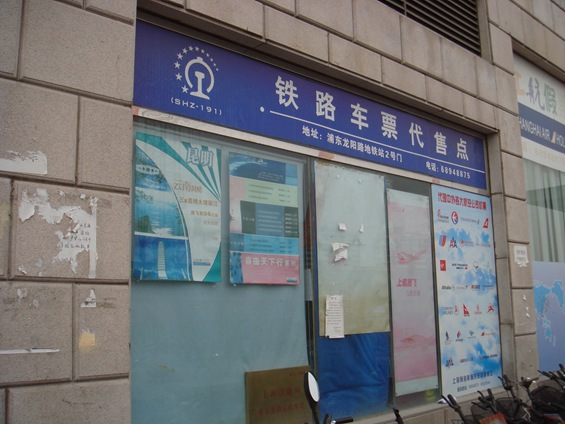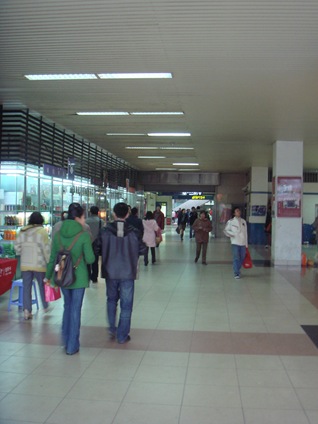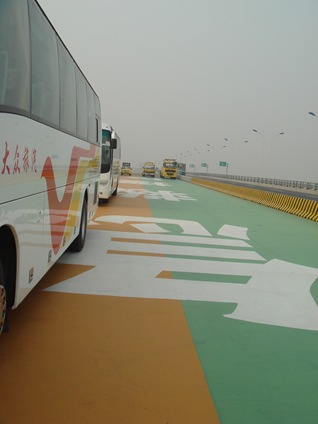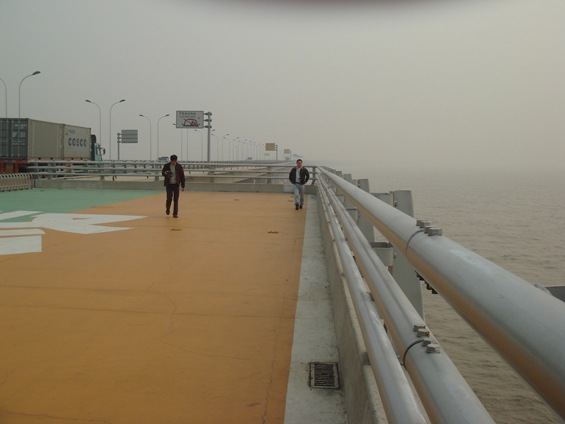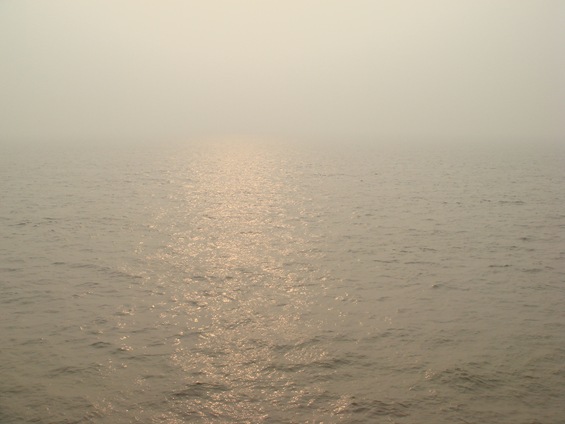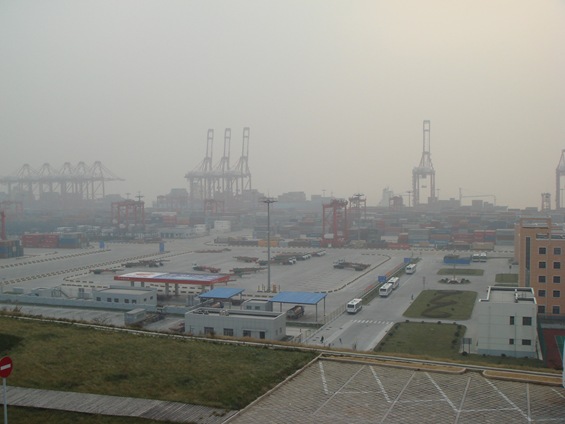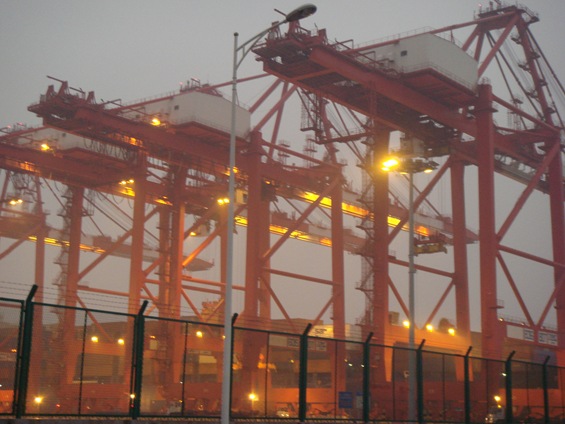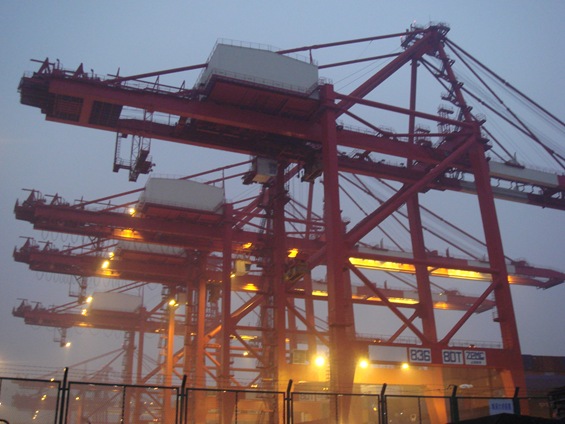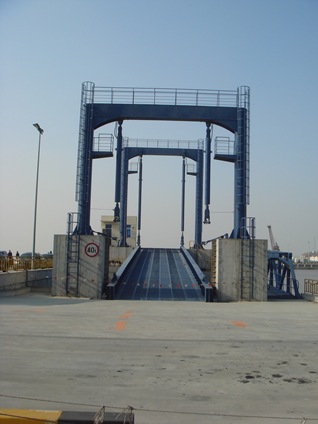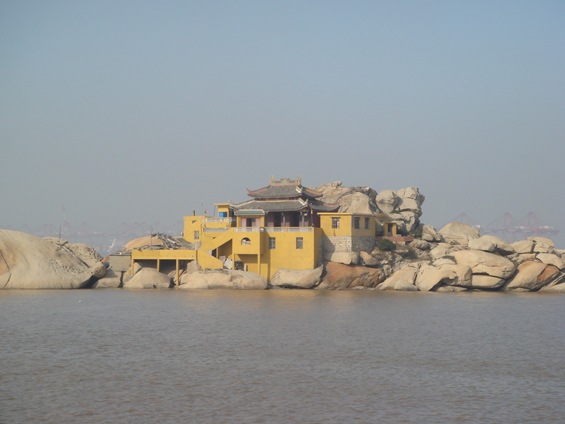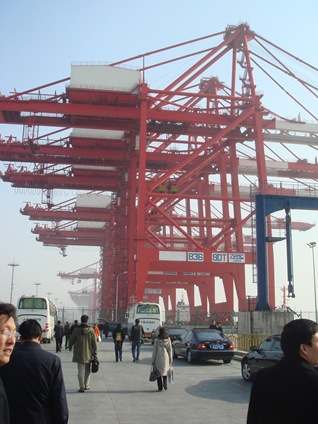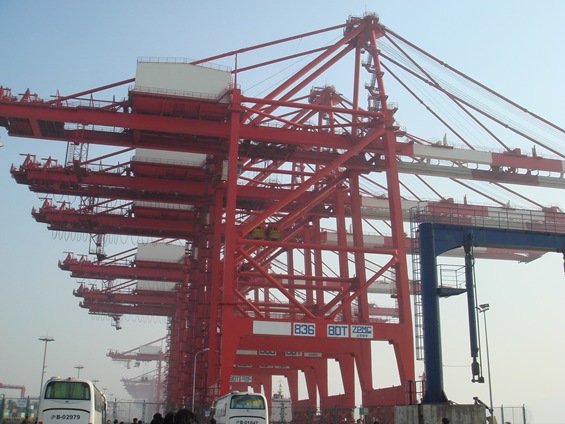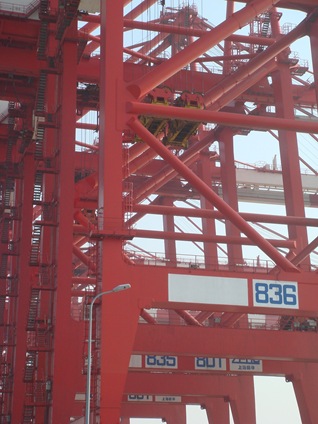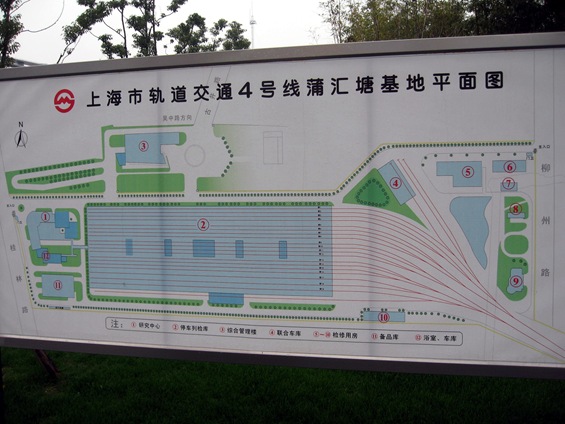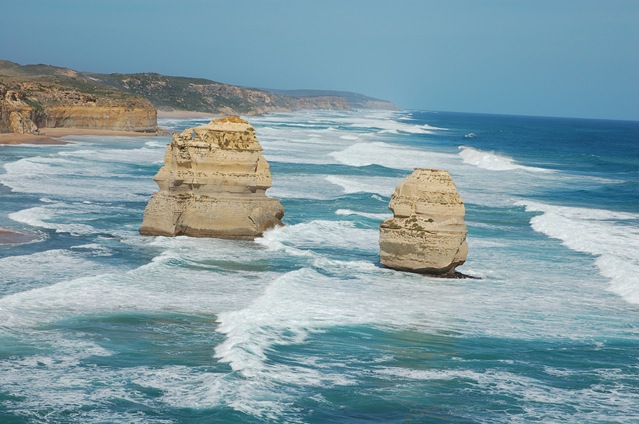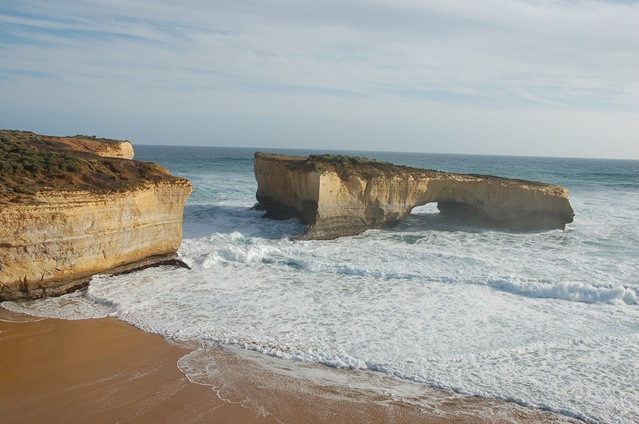This is an age of change, of China and of the world.
I feel it, but cannot name it. I see it all the time with all those small things in my life, but still cannot tell what it really means. My simple instinct tells me, 2007 is a very interesting and unique period for China. My friends, help me to understand it.
Job Market
My reader SuperDav asked me the question:
I see you’ve previously posted about some locals making 300-500,000RMB (per year). That’s almost $75k/ yr. USD! Most people in the US don’t make more that unless they have been working for MS for ten years…:)
I believe SuperDav must be surprised, that 500,000 RMB is not a very high salary in Shanghai in 2007 any more. I am not saying it is not high, but I can assure you there are so many people in Shanghai (senior managers in foreign, and local companies) earn more than that. Considering the exchange rate change between US, and China, the rate means higher than before. The recent salary survey I saw surprised me a lot – with the continuous CPI increase, the salary level in Shanghai finally raises. The concept that Chinese always earn less than foreigners should be updated.
The other interesting thing is, as I wrote in another blog, Foreign Job Seekers Move to Shanghai. This is also a trend that didn’t happen in the last centaury.
Capital Market
The recent IPO of PetroChina in the Shanghai Stock Exchange makes it the largest company in market cap in the world, by passing the second place, EXXON.
The second event is, China Mobile‘s market value bypassed Microsoft and became the largest technology company in the world several months ago.
Although the market cap does not reflect the power of the company, especially the PetroChina case, where the P/E is much higher in Shanghai stock than in U.S., and China Mobile is complete monopoly in the market, it is very interesting fact. There are some Chinese companies getting bigger in some way than U.S. companies. (P.S. Don’t need to argue about the fact. I know it means nothing using the irrational market valuation ways in current crazy Chinese stock market. I know that. I just want to play the numbers and show something that is very rare before).
People’s Life in China
I had the conversation with my parents the other day. I said, after centauries of poverty, Chinese people have to face the dramatic change in the next few decades of moving from poor, to wealthy. I wrote about this in previous article Not Be Afraid of Grace and Beauty (my thoughts when I was in YLF). I just realized the grace and beauty of the ancient China is coming back these days. Art, music, drama, film, even space technology is just like Renaissance. Which really means something.
Stronger China?
I don’t want to be too optimistic than I should be about the future of China. It is very hard to tell whole story about China and it is even harder to make any prediction. China is such a mixed subject mixing the worst, and the best, the richest, and the poorest. So, I don’t try to be complete (since no one can do that). I just picked some events, and attempt draw one side of the reality of China.
In reality, many things changes, but in mind, it may takes longer for people to realize it. The gap is there. It takes time.
What is your comments?

